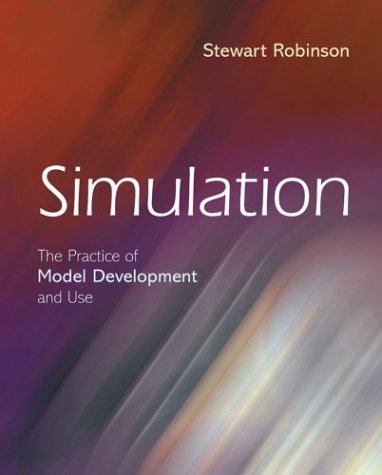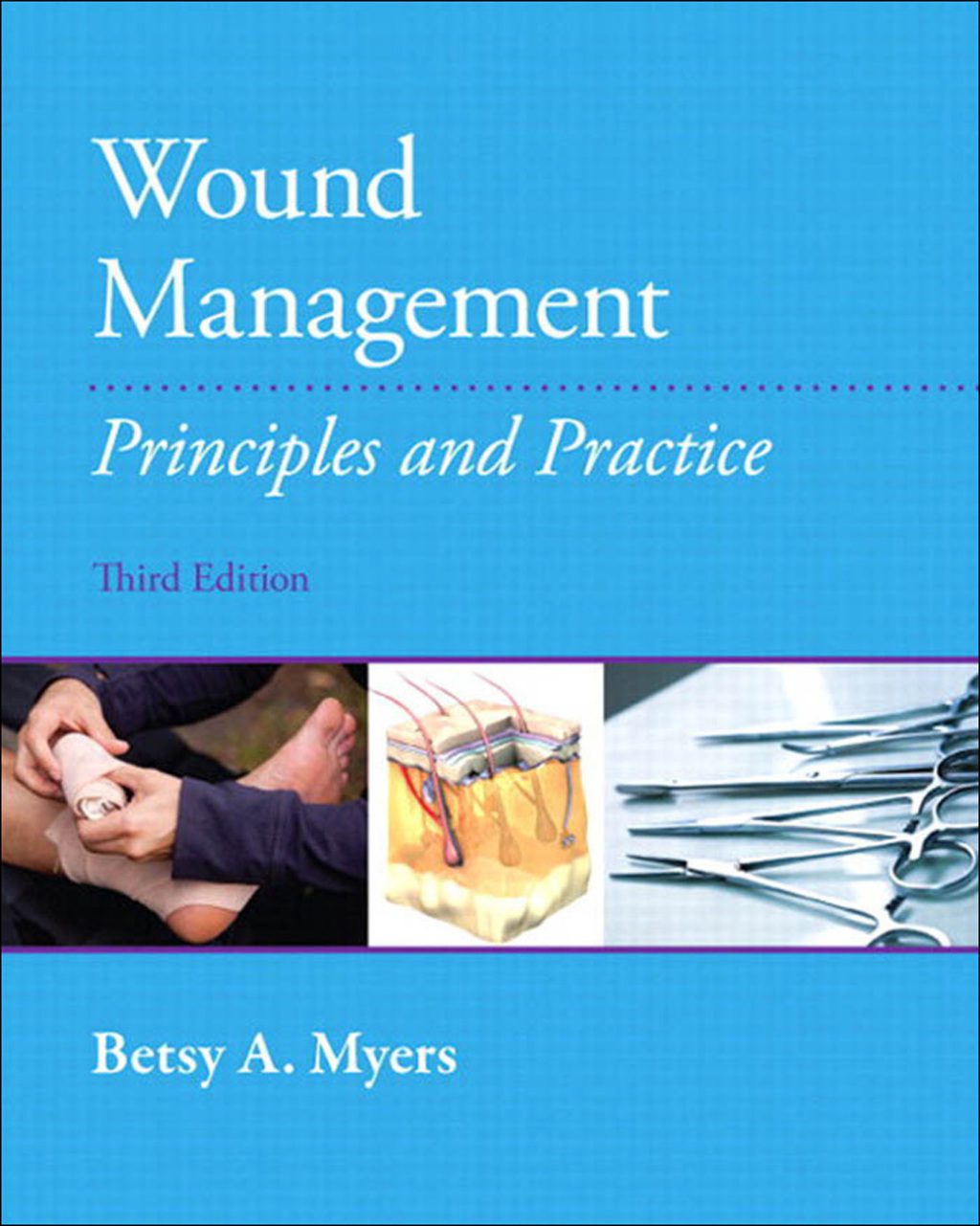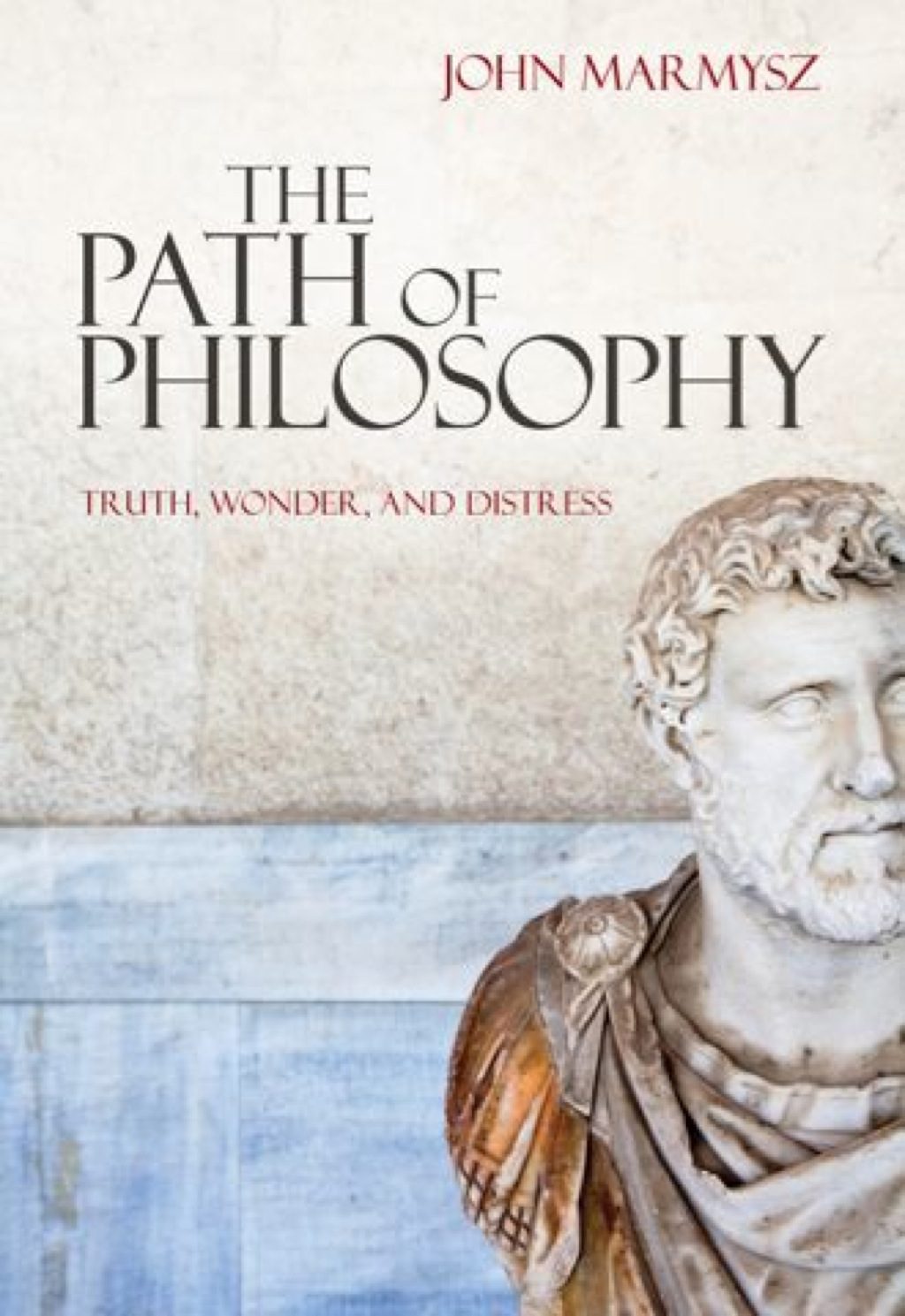Stewart Robinson9780470847725, 0470847727
Table of contents :
Team DDU……Page 1
CONTENTS……Page 10
ACKNOWLEDGEMENTS……Page 18
PREFACE……Page 20
1.1 Introduction……Page 24
1.2 What is simulation?……Page 25
1.3.1 The nature of operations systems: variability,interconnectedness and complexity……Page 27
1.3.2 The advantages of simulation……Page 31
1.3.3 The disadvantages of simulation……Page 33
1.5 Conclusion……Page 34
References……Page 35
2.2 Modelling the progress of time……Page 36
2.2.1 The time-slicing approach……Page 37
2.2.2 The discrete-event simulation approach (three-phase method)……Page 38
2.2.3 The continuous simulation approach……Page 47
2.3.2 Random numbers……Page 49
2.3.4 Modelling variability in times……Page 50
2.3.5 Sampling from standard statistical distributions……Page 53
2.3.6 Computer generated random numbers……Page 54
2.4 Conclusion……Page 56
Exercises……Page 57
References……Page 58
3.1 Introduction……Page 60
3.2 Visual interactive simulation……Page 61
3.3.1 Spreadsheets……Page 62
3.3.3 Specialist simulation software……Page 63
3.3.4 Comparing spreadsheets, programming languages and specialist simulation software……Page 64
3.4.1 The process of software selection……Page 66
3.4.4 Step 3: Establish evaluation criteria……Page 67
3.4.5 Step 4: Evaluate the software in relation to the criteria……Page 68
3.4.6 Step 5: Software selection……Page 69
3.5 Conclusion……Page 70
References……Page 71
4.2 Simulation studies: an overview of key modelling processes……Page 74
4.2.1 Simulation modelling is not linear……Page 77
4.2.2 Something is missing!……Page 78
4.3 Simulation project time-scales……Page 79
4.4 The simulation project team……Page 80
4.5 Hardware and software requirements……Page 81
4.6 Project costs……Page 82
4.7 Project selection……Page 83
References……Page 84
5.2 Conceptual modelling: important but little understood……Page 86
5.3 What is a conceptual model?……Page 88
5.4.1 Four requirements of a conceptual model……Page 89
5.4.2 Keep the model simple……Page 91
5.5.1 Simulation project specification……Page 92
5.5.2 Representing the conceptual model……Page 94
References……Page 97
6.2 A Framework for conceptual modelling……Page 100
6.2.1 Developing an understanding of the problem situation……Page 101
6.2.2 Determining the modelling objectives……Page 103
6.2.3 Designing the conceptual model: the inputs and outputs……Page 105
6.2.4 Designing the conceptual model: the model content……Page 106
6.2.5 The role of data in conceptual modelling……Page 108
6.2.6 Summary of the conceptual modelling framework……Page 109
6.3 Methods of model simplification……Page 110
6.3.1 Aggregation of model components……Page 111
6.3.3 Replacing components with random variables……Page 112
6.3.6 Splitting models……Page 113
6.3.7 What is a good simplification?……Page 114
Exercises……Page 115
References……Page 116
7.2 Data requirements……Page 118
7.3 Obtaining data……Page 120
7.3.1 Dealing with unobtainable (category C) data……Page 121
7.3.3 Data format……Page 122
7.4.1 Traces……Page 123
7.4.2 Empirical distributions……Page 124
7.4.3 Statistical distributions……Page 125
7.4.4 Traces versus empirical distributions versus statistical distributions……Page 130
7.4.6 Further issues in representing unpredictable variability: correlation and non-stationary data……Page 133
7.5 Selecting statistical distributions……Page 134
7.5.2 Fitting statistical distributions to empirical data……Page 135
Exercises……Page 144
References……Page 147
8.2 Structuring the model……Page 150
8.3 Coding the model……Page 151
8.3.1 Separate the data from the code from the results……Page 152
8.3.2 Use of pseudo random number streams……Page 153
8.4 Documenting the model and the simulation project……Page 156
8.5 Conclusion……Page 158
References……Page 159
9.2 The nature of simulation models and simulation output……Page 160
9.2.3 Steady-state output……Page 161
9.2.5 Determining the nature of the simulation output……Page 163
9.3.1 Initialization bias: warm-up and initial conditions……Page 164
9.4 An example model: computer user help desk……Page 165
9.5.1 Determining the warm-up period……Page 166
9.5.3 Mixed initial conditions and warm-up……Page 173
9.6 Selecting the number of replications and run-length……Page 174
9.6.1 Performing multiple replications……Page 175
9.6.2 Variance reduction (antithetic variates)……Page 180
9.6.3 Performing a single long run……Page 182
9.6.4 Multiple replications versus long runs……Page 185
Exercises……Page 186
References……Page 190
10.1 Introduction……Page 192
10.2.1 Interactive and batch experimentation……Page 194
10.2.2 Comparing alternatives and search experimentation……Page 195
10.3.1 Point estimates……Page 196
10.3.2 Measures of variability……Page 199
10.4 Comparing alternatives……Page 200
10.4.1 Comparison of two scenarios……Page 201
10.4.2 Comparison of many scenarios……Page 203
10.5 Search experimentation……Page 206
10.5.1 Informal approaches to search experimentation……Page 207
10.5.2 Experimental design……Page 209
10.5.3 Metamodelling……Page 213
10.5.4 Optimization (”searchization”)……Page 215
10.6 Sensitivity analysis……Page 217
10.7 Conclusion……Page 218
Exercises……Page 219
References……Page 221
11.2.1 Implementing the findings……Page 224
11.2.2 Implementing the model……Page 225
11.3 Implementation and simulation project success……Page 226
11.3.2 How is success achieved?……Page 227
11.3.3 How is success measured?……Page 229
References……Page 230
12.2 What is verification and validation?……Page 232
12.3 The difficulties of verification and validation……Page 235
12.3.4 Often the real world data are inaccurate……Page 236
12.4.1 Conceptual model validation……Page 237
12.4.3 Verification and white-box validation……Page 238
12.4.4 Black-box validation……Page 240
12.4.6 Solution validation……Page 243
12.5 Independent verification and validation……Page 244
12.6 Conclusion……Page 245
Exercises……Page 246
References……Page 247
13.2 Types of simulation model……Page 250
13.3.1 Three modes of practice……Page 253
13.3.2 Facets of the modes of simulation practice……Page 254
13.3.3 Modes of practice in business and the military……Page 256
References……Page 258
APPENDIX 1: Wardeon Cinema……Page 260
APPENDIX 2: Panorama Televisions……Page 282
APPENDIX 3: Methods of reporting simulation results……Page 302
APPENDIX 4: Statistical distributions……Page 312
APPENDIX 5: Critical values for the chi-square test……Page 324
APPENDIX 6: Critical values for the Student’s t-distribution……Page 326
Index……Page 328







Reviews
There are no reviews yet.